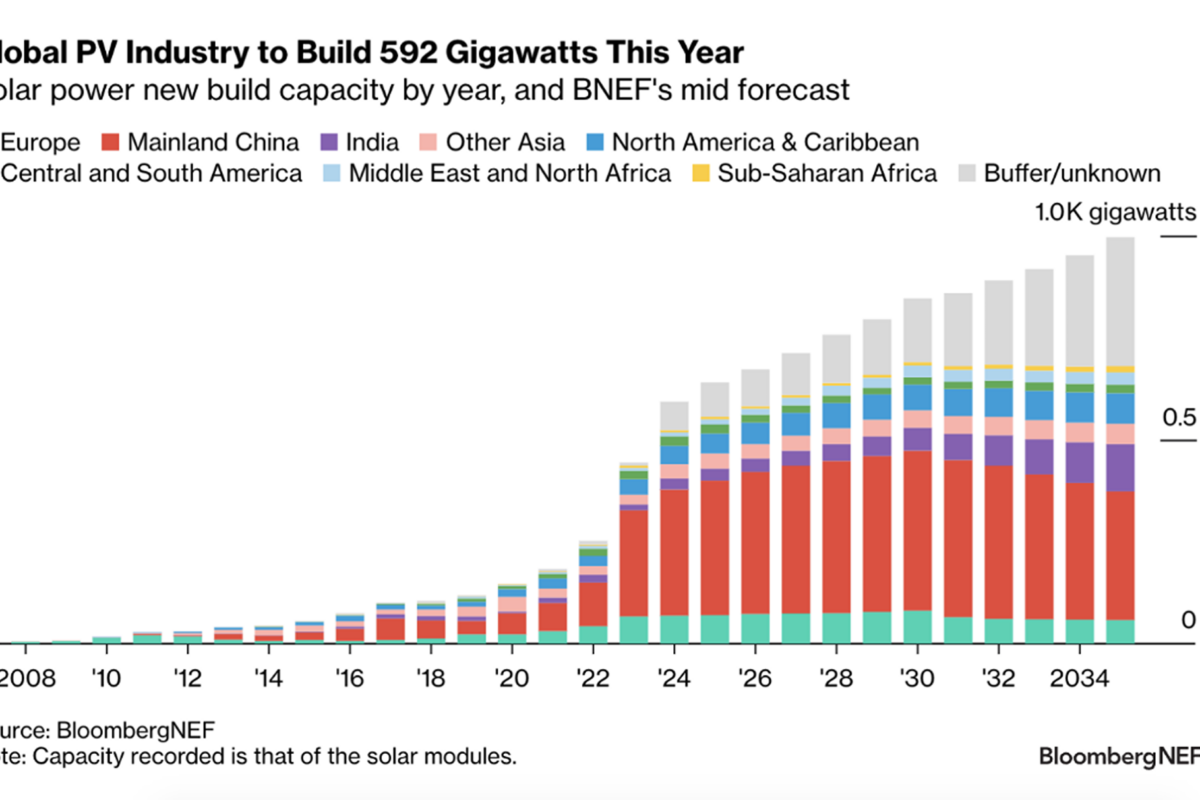Italian renewable energy associations ANIE Rinnovabili, Italia Solare and Elettricità Futura have released a joint position paper defining a series of standards for agrivoltaic projects.
The document identifies with extreme precision the area that is allowed to be used for power generation in the two most common agrivoltaics configurations — solar arrays with elevated solar modules and PV systems deployed between crop rows.
“The calculation of this surface is different in the two categories of agrivoltaic systems identified and is consistent with the high volume of agricultural activity guaranteed by each model,” the three trade bodies said in a statement. “In order to help identify a clear perimeter for this type of system, the paper identifies the minimum and incremental requirements that distinguish different levels of integration between the agricultural and photovoltaic sectors.”
As for the first category, the Italian association specified that these can be built with either fixed structures or solar trackers, and that the solar modules should be placed at a minimum height of 2.1m in order to ensure full agricultural activity and, at the same time, ensure the creation of a micro-climate that is colder than usual in the summer and warmer in the winter months.
The PV systems deployed between crop rows, which were defined as inter-rows systems, may also be constructed with both fixed structures and trackers and be developed with different project designs, including vertically mounted panels. “The inter-rows systems can also be designed to have multiple rows of modules in order to optimize agricultural yield,” the paper reads.
Furthermore, according to the document, a photovoltaic project combined with agriculture, in order to be compatible with the proposed standards, should comply with three main requirements: the authorization of experts such an agronomist or a zootechnician, depending on the farming activity; the adoption of a monitoring system for the agricultural yield; and limiting the area for the non-agricultural activity to up to 30% of the total project area.
The three associations added that projects relying on elevated modules should be prioritized, as their deployment allows full agricultural continuity.
This content is protected by copyright and may not be reused. If you want to cooperate with us and would like to reuse some of our content, please contact: editors@pv-magazine.com.




No mention of protection against hail. I don’t know if this a significant hazard in Italy, but it certainly is in wine-growing regions in France.
A great step forward…
Link to paper?